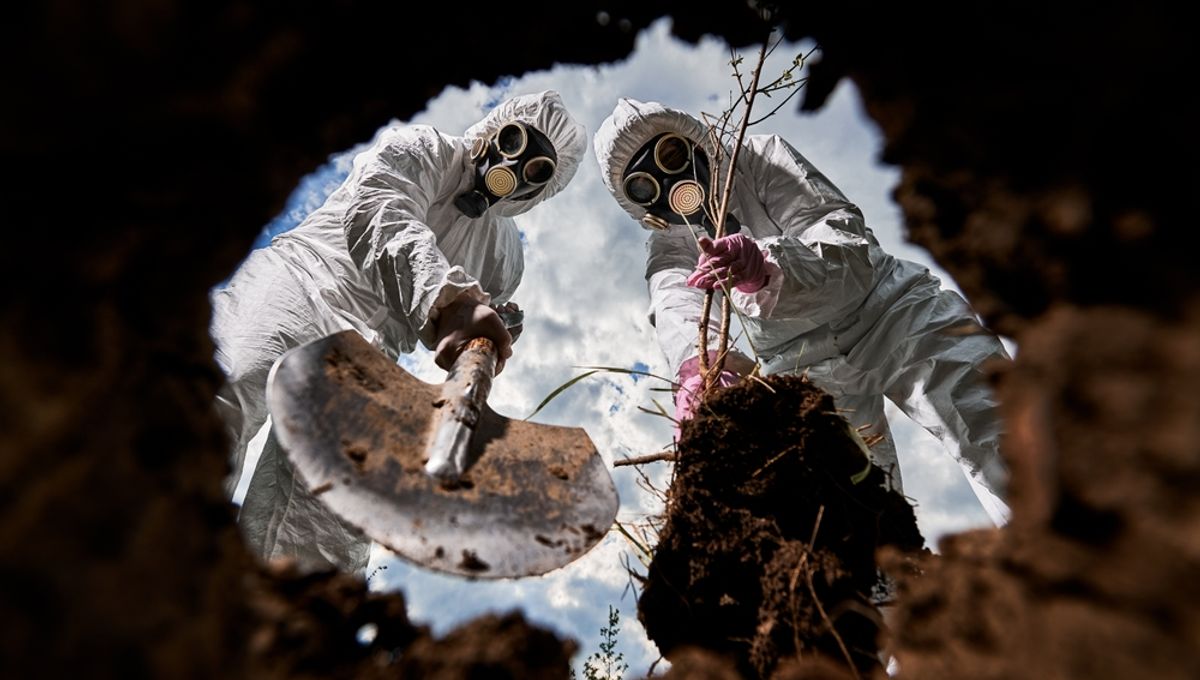
Soil is a thriving ecosystem of life and death, with insects and plants using it to sustain them until their timely demise, at which point bacteria, fungi, and other decomposers take over and degrade them back into the earth. Within this complex system, viruses utilize special genes that are crucial to their metabolic processes but do not interfere with replication, called auxiliary metabolic genes (AMGs).
Scientists believed these genes may be involved in crucial processes within the soil, but understanding them is extremely difficult. That is, until a recent study.
In a paper published in the journal Nature Communications, a team of researchers from Stanford Synchrotron Radiation Lightsource (SSRL) managed to reveal the atomic structure of a protein expressed by an AMG in soil viruses, giving an unprecedented glimpse at its function.
Using the Lightsource’s X-rays, the researchers essentially created an X-ray scan – well, more like 5,000 individual scans that were then pieced together – of the protein while it was crystallized, producing an accurate structure.
This allowed the researchers to finally delve into what makes up this elusive family of genes, including how they may relate to other bacterial and viral genes, and any new regions that aren’t yet known – in this specific protein, they discovered some entirely new structures.
“We saw the location of every atom in the viral protein, which helps us figure out how it functions,” Clyde Smith, SSRL senior researcher and co-author, said in a statement.
“We were amazed to see that the protein resembles known atomic structures of related bacterial and fungal enzyme families, but also contained totally new pieces.”
According to the study, the protein in question is likely a chitosanase, responsible for degrading structural chitin that makes up insect exoskeletons and fungi cell walls. A vast quantity of insects die and enter the soil each day, and breaking down the tough exoskeletons requires specialized tools. This protein may prepare the soil for plants, making it ready to propagate new life. However, as the function of the novel regions in the protein is still unknown, further research will be needed to fully understand why AMGs exist and their role in the soil ecosystem.
“One of the big questions coming from this finding is, ‘What in the soil needs that carbon in the chitin?'” Smith continued.
“Answers to questions like this will lead to a deeper understanding about the interaction of the multitude of microorganisms in the soil, the movement of nutrients and essential molecules, and the overall health of the soil.”
The research was published in Nature Communications.
Source Link: Scientists Begin To Understand Mystery Gene In Soil Viruses